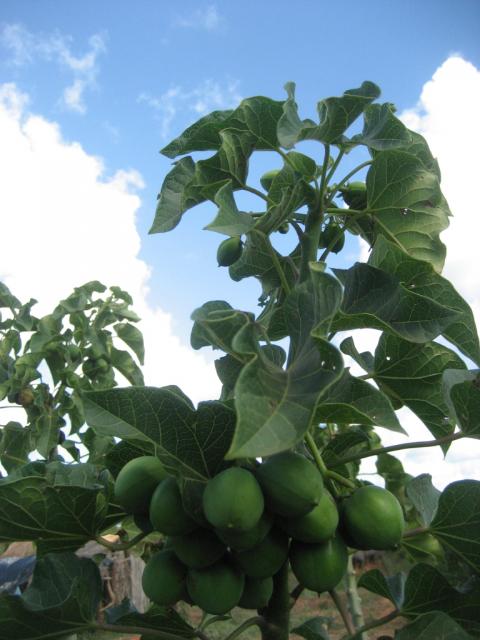Ex Vitro Method for Promoting Jatropha Commercially And Humanely Beneficial
Jatropha is one of the unusual plants, which has numerous helpful components, advantageous to humanity. This plant consists of 25 to 35 percent oil and can be used to produce bio-fuel crop, a way to sustain nature’s greenery.
In the current times, advancements in the field of farming in the type of ex-vitro plant proliferation have proved beneficial to the guy kind. Since, Jatropha has been discovered useful; agriculturists are embracing ex-vitro for jatropha.

In addition to being utilized as a biodiesel, jatropha curcas can also be used to produce good quality paper, cosmetics, tooth paste, balm lotions, and cough medications.
Jatropha plant, to be grown naturally, had lots of shortcomings. Firstly the proliferation and transportation of the seedlings of jatropha curcas was expensive and lengthy. The soil in which it grows is low in performance triggering the plant to decay and have illness and last but not the least, the jatropha curcas plant takes substantial time to adjust itself, to the new environment.
Observing all these difficulties, the agricultural professionals advocated ex-vitro for Jatropha propagation. The ex-vitro of Jatropha fixed, the difficulties faced earlier of planting it. The seedling procedure was made quickly and affordable. The cost of transport was reduced as the seedlings were planted in the neighboring location of the plantation. Mother plants were chosen from the very same location, which did not require the seedlings to adapt themselves, therefore saving time.
The ex-vitro technique embraced, in the plant propagation plan had root culturing, as its basis, where the shoots were grown outside the field in the glass vessels. The platelets grown, from this were automatically acclimatized in the green home. The seedlings were extremely heterogeneous in character and thus, high level of proliferation was possible.
The ex-vitro jatropha method proved to be low-cost. Great care was taken to provide environmental and dietary worth to the plant. Soon, after adopting ex-vitro for jatropha curcas plant, the two months plantlets were all set to be planted in the field. Rooting was accomplished, in around three weeks. The governments, in are taking efforts to motivate the agricultural researchers to develop jatropha plant proliferation through ex-vitro and method, which is less expensive and sustainable. There are lots of institutes, which train people about this approach to increase production.

The institutes engaged in ex-vitro jatropha curcas techniques of plant proliferation took utmost care in nurturing, the plant by creating natural conditions. For example, jatropha grows in well drained soil and is drought resistant. The ex-vitro method also, increased the level of seedlings, which were totally free from bug and disease. This technique of ex-vitro of jatropha showed basic and economical and the seedlings were close to their moms and dad, thus, avoiding complications.
There are specific aspects that can impact the ex-vitro development, in jatropha plants. They are aspects like sunlight, humidity, nature of soil and other climatic conditions. Hence, care has to be required to change, these aspects to fit ex-vitro.

